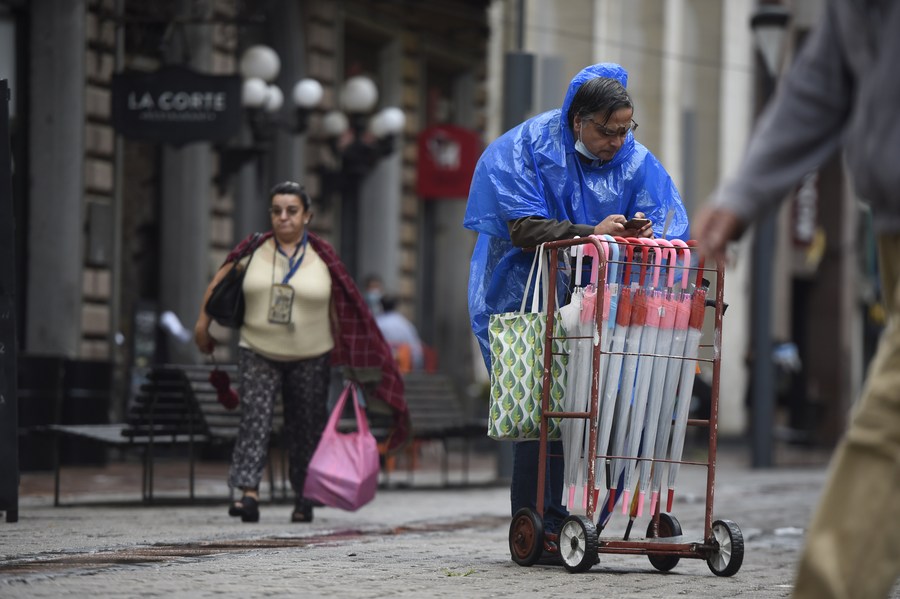The percentage of people living below the poverty line in Uruguay was estimated at 10.7 percent in the first half of the year (using the income method), compared to 10.2 percent in the same period of 2021, the National Statistics Institute (INE) said yesterday.
“Out of 1,000 people, 107 do not exceed the minimum income to cover the basic needs of food and other goods considered in this method,” INE said in its Technical Bulletin.

The total number of people living below the means threshold was 0.4 percent, compared to 0.2 percent in the first half of last year, which means that for every 1,000 people, four do not reach the minimum income to cover basic food needs.”
Montevideo, the capital where almost half of Uruguay’s population lives, is the region with the “highest value” of poor households (9.3 percent), “followed by urban localities in the interior with less than 5,000 inhabitants.”
The indicator “continues to affect female-headed households to a greater extent,” while “age and ethnicity are relevant variables for the analysis of poverty.”
It “affects the youngest to a greater extent,” particularly the population aged zero to 17, where the highest values are recorded, “regardless of the region of the country.”
In addition, the indicator’s prevalence “is 9.5 percentage points higher among individuals who report African-descent than among individuals who report white-descent,” the official report says.
In 2021, the percentage of people living below the poverty line fell from 11.6 to 10.6, breaking a three-year streak of consecutive increases in that indicator.
After peaking at 39.9 percent in 2004, the indicator fell to 7.9 percent in 2017, only to rise again.
The Uruguayan economy grew by 4.4 percent in 2021, leaving behind the 6.1 percent decline from 2020, which was due to the crisis caused by the new coronavirus pandemic, when a historic growth cycle of 17 consecutive years came to an end.

